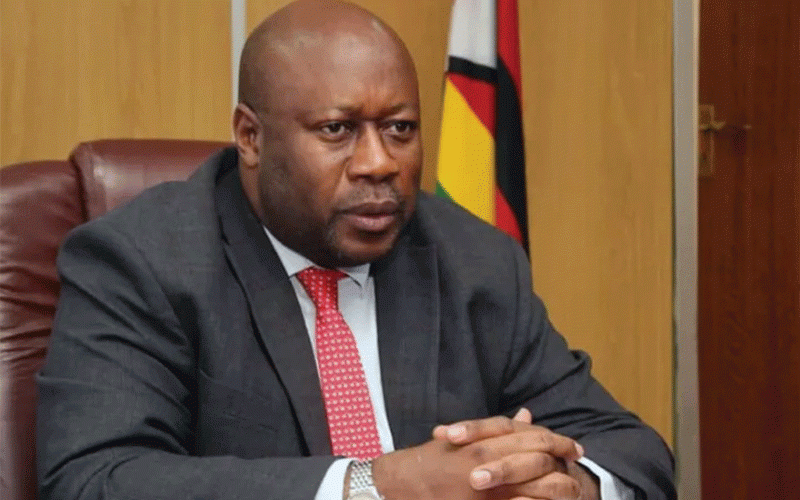
AN old Zimbabwe International Trade Fair (ZITF) flag flutters at the entrance outside the exhibition grounds in Bulawayo. The sun-burnt and worn flag has clearly seen better days and maybe should have been replaced years ago.
Yet it stands to welcome visitors, real and virtual, to Zimbabwe’s premier trade show, its window to the world. It does offer a window into just how far things have deteriorated in this land that once flowed with milk and honey. It’s no longer business as usual.
Last year’s hard lockdowns forced authorities to call off the important trade showcase for the first time.
As the trade fair kicked off yesterday, the majority of exhibitors were still to set up their stands, many of them affected by a late decision to run the exhibition after the lockdown was reduced to level 2.
Some stands were unoccupied while others were still closed, meaning the companies were not taking part.
Only 25% of Bulawayo companies are exhibiting at the fair, demonstrating just how hard the pandemic has hit the remaining firms in a city once touted as Zimbabwe’s industrial hub.
Those present include the National Railways of Zimbabwe and Boustead Beef, which has failed to reopen the Cold Storage Company, another indication that the economic situation remains tricky.
That is not all, even South Africa — Zimbabwe’s largest trading partner — did not take up large exhibition space this year.
- Chamisa under fire over US$120K donation
- Mavhunga puts DeMbare into Chibuku quarterfinals
- Pension funds bet on Cabora Bassa oilfields
- Councils defy govt fire tender directive
Keep Reading
China, too, which has for years dominated the ZITF, occupying large exhibition spaces, seemingly has a low key representation.
Only 10 countries are participating in total, namely Botswana, the Democratic Republic of Congo, Indonesia, Kenya, Malawi, Mauritius, Namibia, Nigeria, South Africa and Tanzania, but on a smaller scale.
In 2019, the exhibition attracted 17 countries.
The pandemic has affected every country and businesses.
And making the trip to Bulawayo this year was not as easy as it has always been, with scaled up checks at airports to make sure those infected don’t travel.
These developments indicate how the COVID-19 pandemic is reshaping everything, including the future of major exhibitions.
Perhaps it is time for companies to look for new ways of showcasing their products.
With the pandemic likely to be gripping the world for some time, the rate at which physical exhibition will be held will remain subdued.
Under the circumstances, tech-based marketing and campaigns will be key to complementing reduced physical exhibitions.
This is likely to be the new normal until economies reopen as the pandemic fizzles out.
For Zimbabwe, however, the spirited efforts made to ensure the holding of this year’s edition of ZITF is a good start in the country’s drive to rebuild the economy.











